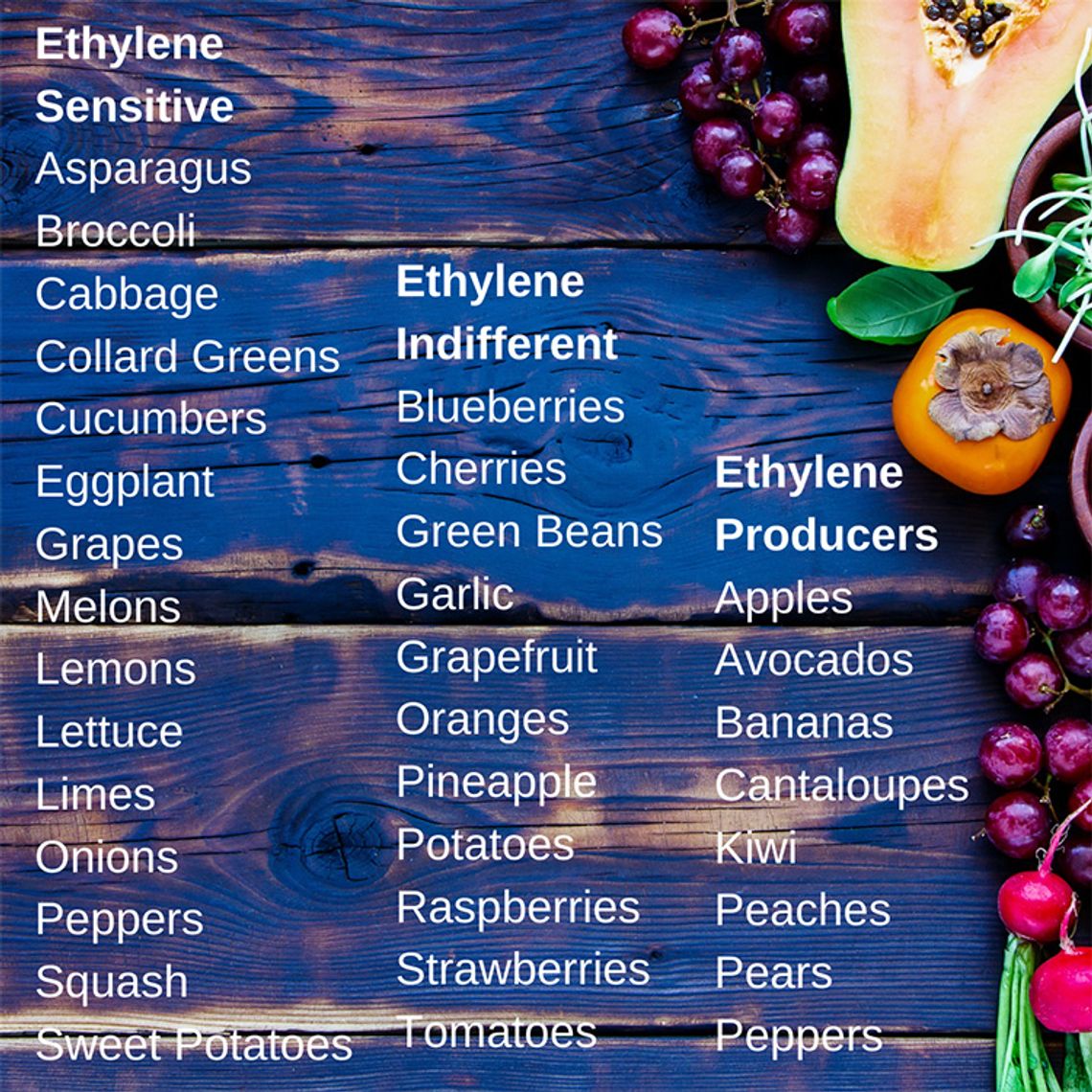I walked outside of my house this last week on my way to Lattin Farms to pack our final week of farm share boxes for the 2021 season and stopped in my tracks thanks to a surprisingly nippy blast of air. A quick about-face and I was right back inside to grab a flannel shirt and a pair of socks. Hooray, hooray, fall is here. With the impending threat of a somewhat early frost, home gardeners are rushing to harvest what ripe produce they can and to cover their plants with quilts to keep off the chill to protect what is not yet ready to be harvested. We still have warm days ahead of us, but the end of the gardening and outdoor farming season is upon us. I anticipate there are quite a few of you who will be looking for ways to increase the shelf/storage life of your garden’s bounty. Regardless of whether you “grow your own,” support local produce stands and farmers markets, or buy your produce at the grocery store, how you store your produce is so important to keeping it fresh for as long as you can.
So, let’s talk about produce storage. There are three things to consider when optimizing the storage life of fresh produce items: ethylene gas, ambient temperature, and airflow. Temperature and airflow go hand-in-hand. Some produce items like potatoes, onions, and garlic prefer to be stored at room temperature or in a cool, dark place, like your pantry. While other produce items need to be stored under refrigeration. There are even some produce items that will rot more quickly if you refrigerate them and produce items that can be refrigerated but must be used immediately once you pull them out of the fridge. It can all be a little confusing and since I love nothing more than removing confusion, here we go.
Let’s talk a little bit about ethylene gas. Ethylene is the gas that is released by some fruits and vegetables as they ripen. This same gas will cause other produce to ripen and rot more quickly. So, it is handy to know what produce items are ethylene-producing and which items are especially sensitive. I discovered the impacts of ethylene the hard way, the large walk-in cooler at Lattin Farms is a particularly ethylene-rich environment once it gets to be cantaloupe season, so much so that broccoli will go from beautiful to decrepit in less than 24 hours.
|
Ethylene Producers |
Ethylene Sensitive |
Ethylene Indifferent |
|
Apples |
Asparagus |
Blueberries |
|
Avocados |
Broccoli |
Cherries |
|
Bananas |
Cabbage |
Green Beans |
|
Cantaloupes |
Collard Greens |
Garlic |
|
Kiwi |
Cucumbers |
Grapefruit |
|
Peaches |
Eggplant |
Oranges |
|
Pears |
Grapes |
Pineapple |
|
Peppers |
Melons |
Potatoes |
|
|
Lemons |
Raspberries |
|
|
Lettuce |
Strawberries |
|
|
Limes |
Tomatoes |
|
|
Onions |
|
|
|
Peppers |
|
|
|
Squash |
|
|
|
Sweet Potatoes |
|
It’s also important to note that all of the veggies that are ethylene-producing are by nature ethylene sensitive. When you are deciding where to store your different home-grown, farm-grown, and store-bought produce, you will want to make sure that you separate items based on the production of and sensitivity to ethylene. Additionally, produce items that release ethylene should be stored with plenty of air circulation and not in bags or sealed containers. These containers trap the gas and will cause your produce to ripen and over-ripen more quickly.
It’s not just ethylene-producing veggies that like a nice breeze, produce that is stored at room temperature or in a cool, unrefrigerated place should be stored in a way to expose it to good air circulation. For these produce items, plastic bags mean premature spoilage, even if the produce comes in a perforated bag when you buy it, they will last longer if they are allowed to breathe. On the other hand, refrigerated produce generally lasts longer when it is stored in a bag or container. Zip-lock bags, tight-sealing plastic ware, and reusable silicone pouches are all perfect for the storage of leafy greens and herbs, as well as any other produce that benefits from retaining moisture.
Here are some helpful tips for storing different types of produce:
Onions and Garlic
Do not refrigerate. Store in a cool, dark place with low humidity and moderate air circulation. It is moisture that will cause your onions and garlic to go bad. You will want to store onions and potatoes separately.
Cabbage and Friends
Whole, intact heads can be stored in the fridge without a bag, but once you cut cabbage should be stored in a zip-lock or other airtight container. Friends of cabbage include broccoli and cauliflower, so long as you keep these away from ethylene-producing produce, they will last in the fridge for weeks.
Potatoes and Sweet Potatoes
Store in a cool, dark place. Do not refrigerate. They appreciate high humidity and good air circulation. Do not store near onions or any other ethylene-producing produce. They will last until they turn green or go soft. If your potatoes sprout, simply trim off the sprouts and they are still good to cook. Green parts should be removed before cooking.
Other roots
If you buy root vegetables that come with their tops (carrots, beets, radishes, turnips, etc), you will want to remove the tops as soon as you get home from the store. The roots themselves can be stored in a zip-lock bag and refrigerated. The greens can be stored like any other leafy green. The reason you don’t want to leave the greens and the roots connected is that the plant will send its moisture to the leaves and the root will dry out or go soft quicker.
Winter Squash
These babies are storage superstars. You can “harden” your home-grown or farm-bought winter squash by storing them at around 80 degrees and in high humidity for about 2 weeks. Store-bought winter squashes are typically already hardened off. They can safely be stored in a cool, dark space but should be kept away from big ethylene producers. Stored correctly, winter squashes will last for up to and sometimes over 6 months.
Leafy Greens
Any leafy green should be stored unwashed in air-tight containers or bags in the refrigerator. Excess moisture will cause your greens to go soft and squishy, not what we want when a crisp salad is on the menu. If your head lettuces or hearty greens with a stalk get a little wilted, they can be refreshed by standing them in a vase with about an inch of water, trim the very ends of the root or stem base off and refrigerate in the vase.
Apples and Pears
Keep apples in sealed bags in the coldest part of your fridge. If you keep them on the counter, they will go bad quickly. Pears should be allowed to ripen at room temperature but moved into the fridge, much like an avocado, to keep from over-ripening.
A note about your crisper drawer. You know the drawer in the fridge that isn’t super deep and has vents in it? That drawer is intended for produce that is not sensitive to ethylene. Use it to store strawberries, raspberries, blueberries, and oranges.








































Comment
Comments